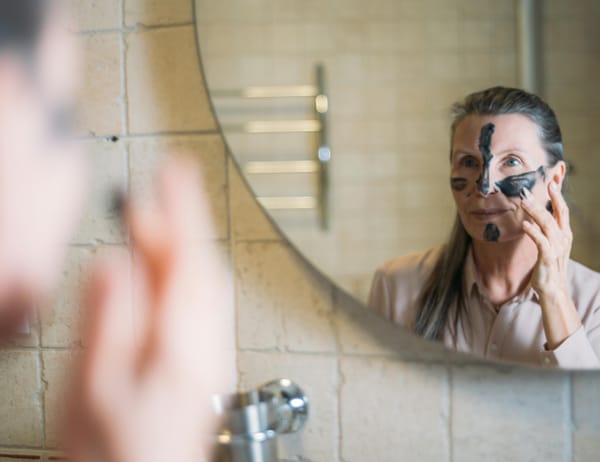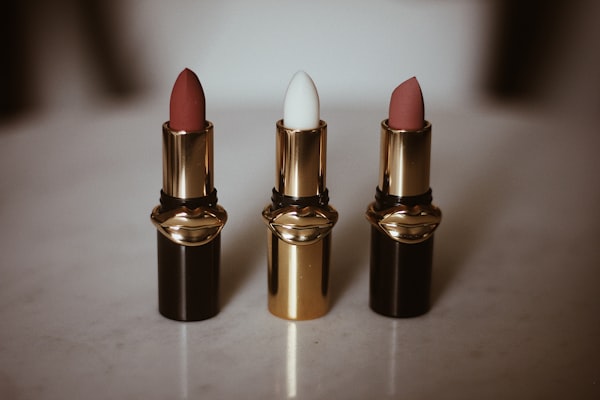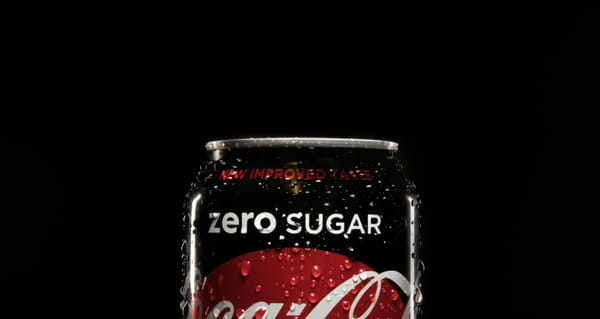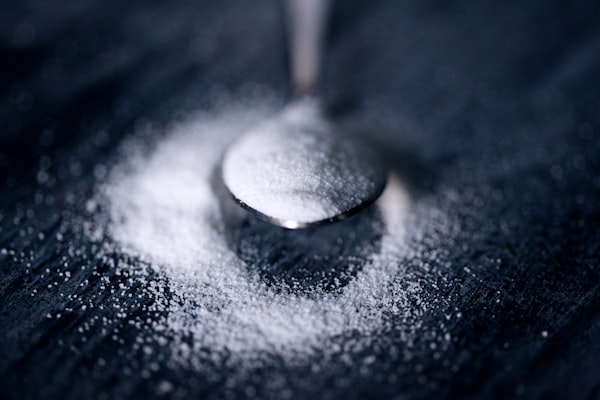Lipsticks Are Toxic, I Wish I Knew It A Lot Sooner
[ 5 min read ]
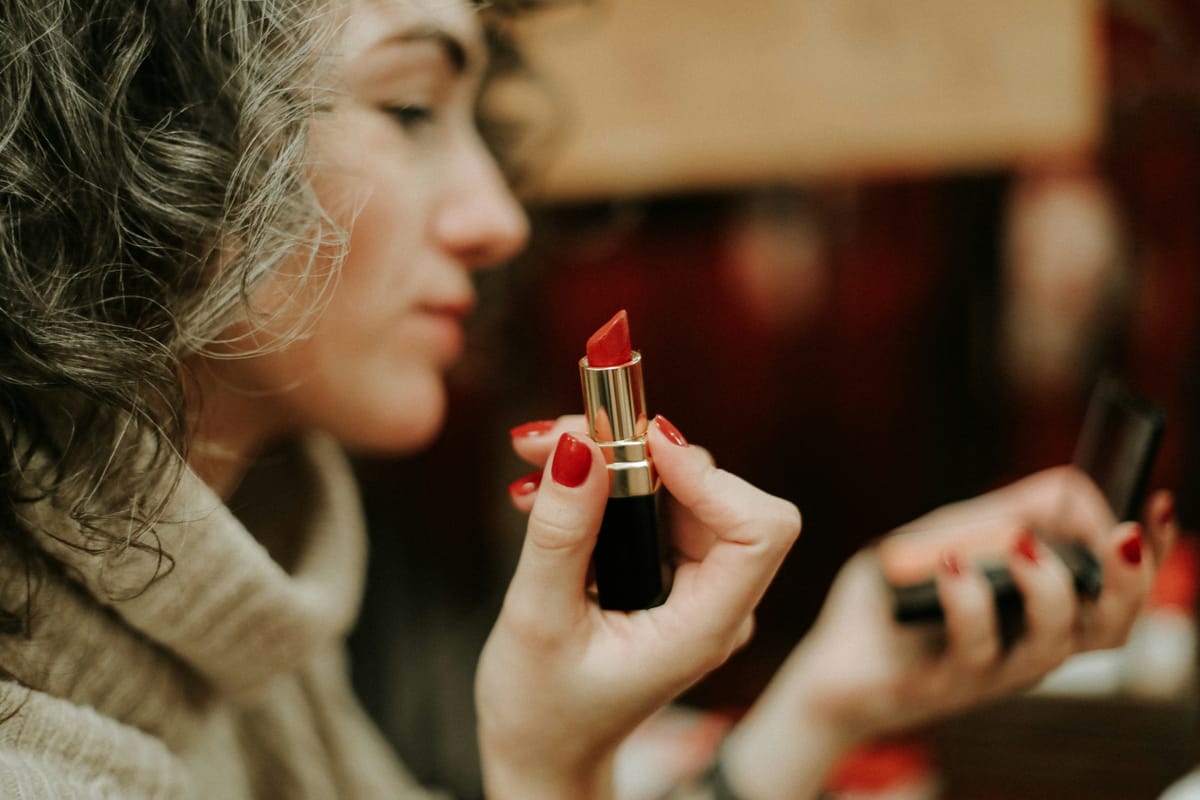
Chapters Preview
- Ages Of The "Doom"
- The Metal "Abomination"
- "Gloom" Of Pigments
#1 Ages Of The "Doom"
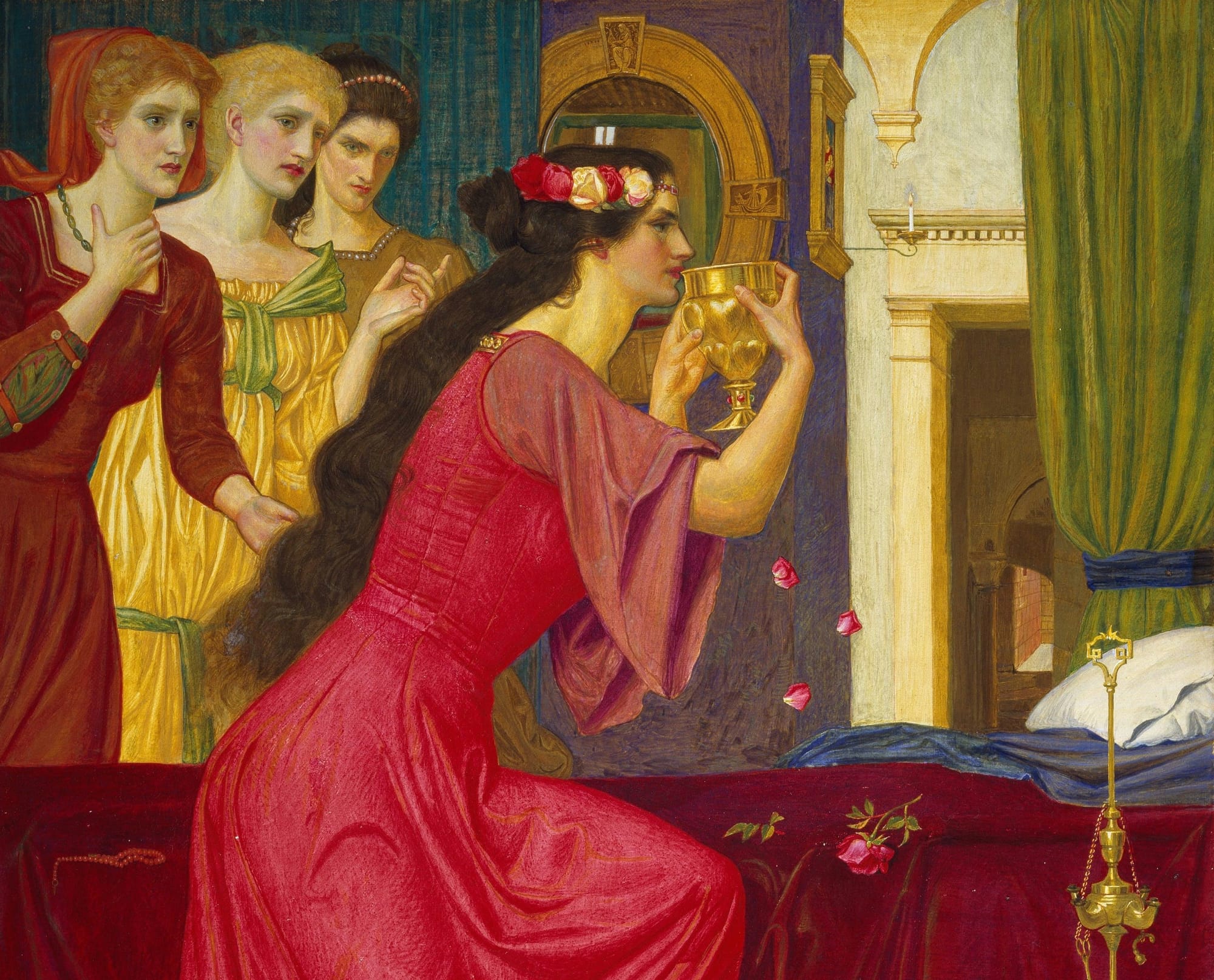
Where Are We Now?
It's undeniable that lipstick has become one of the most important daily essentials for women, to a point where nowadays you can rarely see a lady walking on a street without having their lipstick on.
Somehow, I always struggle to understand how lipstick managed to secretly sneak into ladies' daily routines without being doubted about its potential health risks.
Perhaps this is just another shenanigans set up by the industries. People always give away their "blind trust" so easily, as they believe everything legally sold in the market is considered "safe".
"Medicine" Of Beauty
The idea of coloring one's lips to appear more attractive can date back to Cleopatra time, which was about 20 centuries ago. Lipsticks were considered one of the essential cosmetics for a woman's sex appeal.
"A woman without paint is like food without salt." - Plautus (254-184 B.C.)
Back in 500 B.C., crushed mulberries were used as rouge in Greek whereas Roman women made lipsticks from ochre clays. People simply couldn't resist as they believed it made them look younger and healthier.
The "Poison Kiss"
During the 18th century Italy, lipsticks were usually accomplished with facial powder, since they worked with each other to make a look "complete".
"This coated face which is covered with so many drugs and where unfortunate husbands press their lips, is it a face or a sore?" - Juvenal
However, these cosmetics got lots of suspects and lately considered as poison, as around 600 husbands died to poison either by kissing their wives' lips or cheeks.
The well-known woman in the upper class named Signora Toffana was executed lately for making some of these toxic cosmetics to accomplice the dead men.
The "Rise" Of Victorian And The "Downfall" Of Twentieth Century
Humans were once so close to taking control of the cosmetic war and perhaps restricting it efficiently in the late 19th century.
During the reign of Britain's Queen Victoria, cosmetics like lipstick fell into disfavor as the queen considered it to be vulgar for ladies. Only people with special jobs or specific needs were allowed to wear makeup such as actors and prostitutes.
#2 The Metal "Abomination"
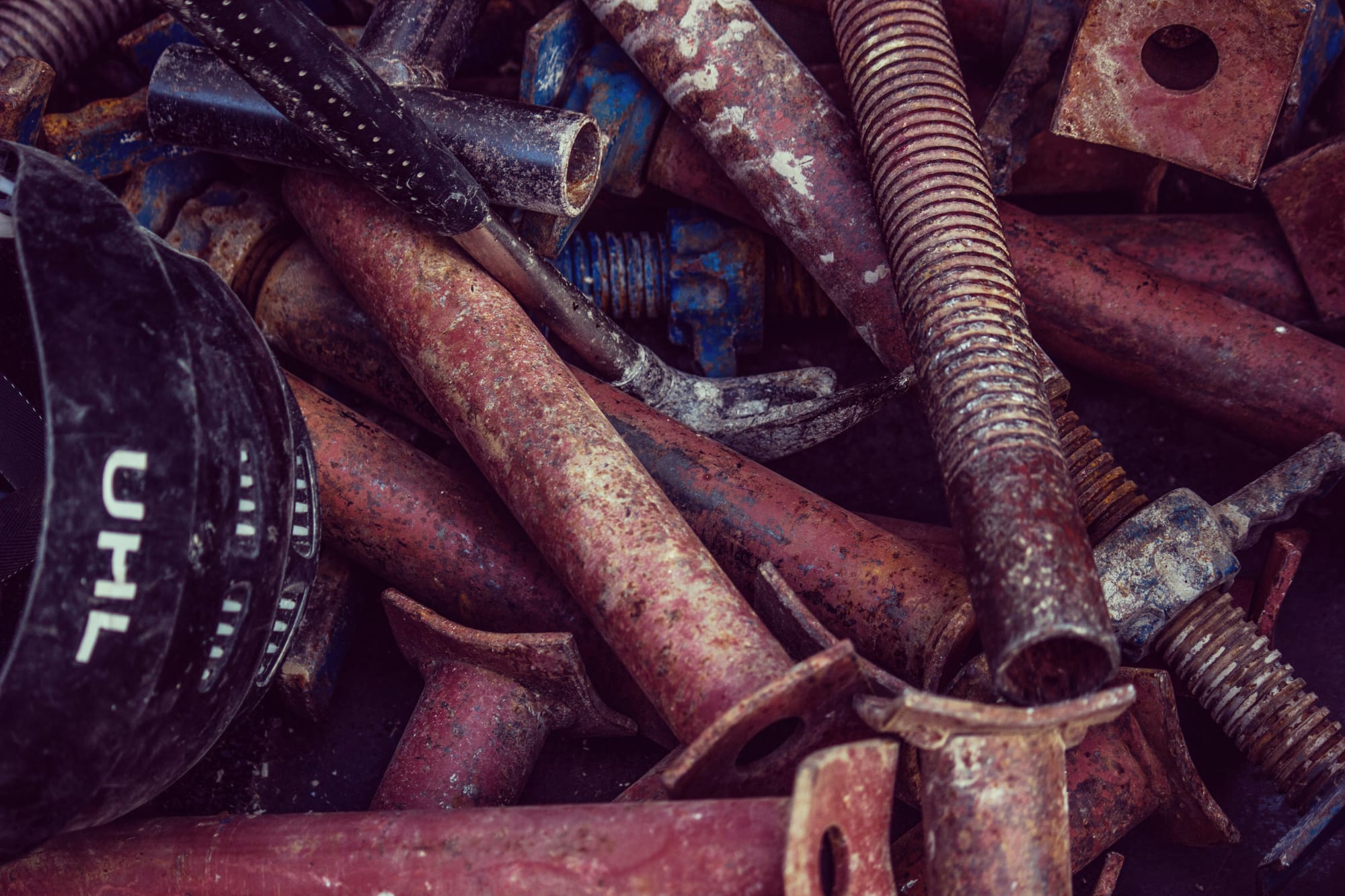
The Danger Within
Humans need many different types of metals as nutrients in order to maintain our body's functionality, heavy metals are certainly not one of them. It's considered one of the most concerning contamination in beauty products, especially lipsticks.
Back in 2007, Campaign for Safe Cosmetics published a study that covered lipsticks from 33 brands. More than 60% of the tested products contained a high amount of lead, which is about 3-4 times higher than the allowed standard set for candy.
Subsequent lead exposure can result in slow poisoning as lead accumulates in our bones, it remains persistent and damages our nervous system over time. For teenagers, it is even more damaging. Constantly exposed to lead could cause seizure, aggressiveness, and brain damage.
The major reason why lead could cause serious issues within our body is that it will mimic other vital metals in our body like calcium and iron. The lead will take place in certain proteins and molecules and affect the biological processes. It could affect our learning ability by disrupting certain neurotransmitters in our brains.
The Regulation Flaw
The irony thing is that the heavy metals are not even regulated at all in lipsticks! There's no limitation for how much heavy metals can be ingested into a single lipstick, simply because heavy metals are considered to be contaminants, not ingredients, so they are not subject to regulation.
In theory, industries could be making lipsticks that are highly contaminated by heavy metals without being punished by regulation, as they are clearly not violating the "rules".
#3 "Gloom" Of Pigments

Tiring List
It always gives me a headache whenever I see a beauty company get really "creative" with their product ingredient list. To be honest, even for someone like me who has been familiar with the beauty industry for many years, I still struggle to recognize each ingredient most of the time.
For example, whenever you come across a colored beauty product like lipstick, you will likely see a series of numbers at the end of its ingredient list. It's called the Color Index Number. In case you have no idea what I'm talking about, and have never paid attention to the product ingredient list, here is what it looks like:
Color Index Number
[+/- Mica, Titanium Dioxide (Ci 77891), Iron Oxides (Ci 77491), Iron Oxides (Ci 77492), Iron Oxides (Ci 77499), Red 6 (Ci 15850), Red 7 (Ci 15850), Red 28 (Ci 45410), Red 30 (Ci 73360), Red 33 (Ci 17200), Yellow 5 (Ci 19140), Blue 1 Lake (Ci 42090), Red 6 Lake (Ci 15850), Red 7 Lake (Ci 15850), Red 28 Lake (Ci 45410), Red 30 Lake (Ci 73360), Red 33 Lake (Ci 17200), Yellow 5 Lake (Ci 19140), Yellow 6 Lake (Ci 15985)] ILN52323
Well, needlessly to say, nobody wants to read it, the company made the list doesn't want you to read it anyway.
Color Toxin
Most of the colorants (pigments) used in beauty products these days are coal tar dyes. Coal tar is a known carcinogen, it's a mixture of chemicals by-products derived from coal burning. It mainly consists of polycyclic aromatic hydrocarbons (PAHs), a toxin that causes DNA damage and lung tumors. These colorants are not even approved as food additives but yet are still being used in lipsticks.
In addition, some color additives may be contaminated by heavy metals, such as D&C Red 6, which can be contaminated by arsenic, lead, and mercury.
Heavy metals contamination is commonly seen in coal tar dyes, aluminum compounds may cause brain damage
Less Is "More"
My years of makeup formulation experiences told me that more ingredients would never equal a better formulation. In fact, it was quite often the entire opposite. I had been making hundreds of cosmetic prototypes either in the lab or at home, I eventually found out those formulations that perform the best are usually those with very minimum amount of ingredients.
Well, if that's true, why the companies in the beauty industries are still making their formulation so complex? Well, it always comes down to 2 things. It could be the company that is trying to "hide" something, perhaps an ingredient that is either toxic or extremely controversial. Sometimes the formulation is purposely made to look complicated, it serves as a disguise for the consumers, or even competitors.
Either way, it makes sure the people who look at the list would have a hard time figuring out what the ingredient is and at what proportion is used for that product.

